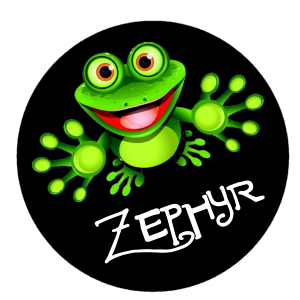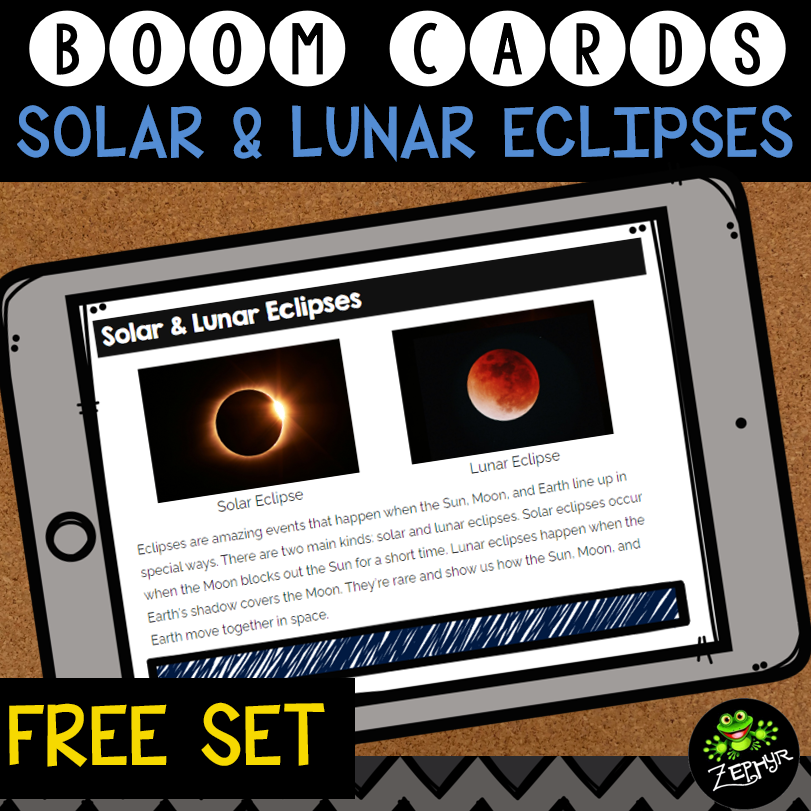Are you searching for innovative ways to keep your students focused and engaged during science textbook reading aloud sessions? Look no further! Let's dive into a creative strategy that not only encourages active participation but also supports differentiated instruction: the Two-Counter Method.
How it Works:
In the Two-Counter Method, each group of students is equipped with two counters, each representing a different role:
Reader (First Color Counter): This student has the responsibility of reading aloud from the science textbook. However, here's the twist: the reader has the option to skip reading if they feel uncomfortable with the level of the text. This flexibility ensures that students in lower reading intervention groups feel supported while still providing opportunities for growth. On the other hand, students in higher intervention groups are required to read, fostering confidence and fluency.
Science Teacher (Second Color Counter): This role is non-negotiable; every student must take a turn as the science teacher. The science teacher's task is to actively engage their group in various activities to enhance comprehension and critical thinking. These activities may include:
- Providing or requesting more examples using information from the text.
- Underlining an answer to a question to emphasize key information.
- Highlighting vocabulary terms and their definitions for better understanding.
- Sharing a curiosity or wonder from the text and challenging the group to find the answer together.
- Asking the group to draw a model or diagram, or even create something with play-doh to visualize concepts.
Rotation and Collaboration:
At the end of each section or paragraph, roles within the group rotate. This rotation ensures that every student has the opportunity to engage in both reading and active participation as the science teacher. It also promotes collaboration and peer-to-peer learning as students share insights, ask questions, and work together to deepen their understanding of the material.
Benefits of the Two-Counter Method:
- Promotes Engagement: By providing students with active roles and responsibilities, the Two-Counter Method keeps them actively involved and invested in the reading process.
- Supports Differentiation: This approach accommodates students of varying reading levels, allowing for flexibility while still challenging students to grow and develop their skills.
- Fosters Critical Thinking: The activities assigned to the science teacher role encourage students to think critically, analyze information, and apply their knowledge in creative ways.
Encourages Collaboration: Through role rotation and collaborative tasks, students learn from each other and build a sense of teamwork and camaraderie.
Incorporating the Two-Counter Method into your science textbook reading aloud sessions can transform them from passive listening experiences to dynamic learning opportunities. So, equip your students with counters, assign roles, and watch as they dive into the world of science with enthusiasm and curiosity!


.jpg)










